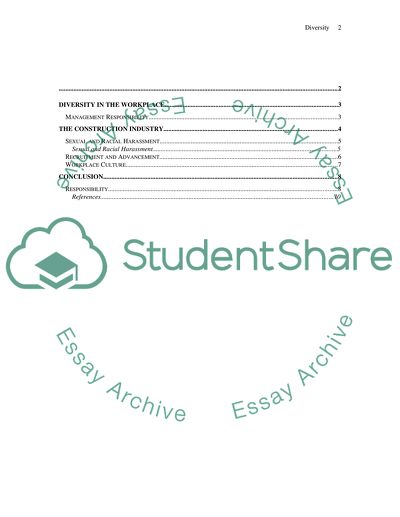Cite this document
(“The Construction Managers Responsibility Towards a Workplace Culture Essay”, n.d.)
The Construction Managers Responsibility Towards a Workplace Culture Essay. Retrieved from https://studentshare.org/miscellaneous/1503237-the-construction-managers-responsibility-towards-a-workplace-culture-of-diversity-from-barriers-to-management
The Construction Managers Responsibility Towards a Workplace Culture Essay. Retrieved from https://studentshare.org/miscellaneous/1503237-the-construction-managers-responsibility-towards-a-workplace-culture-of-diversity-from-barriers-to-management
(The Construction Managers Responsibility Towards a Workplace Culture Essay)
The Construction Managers Responsibility Towards a Workplace Culture Essay. https://studentshare.org/miscellaneous/1503237-the-construction-managers-responsibility-towards-a-workplace-culture-of-diversity-from-barriers-to-management.
The Construction Managers Responsibility Towards a Workplace Culture Essay. https://studentshare.org/miscellaneous/1503237-the-construction-managers-responsibility-towards-a-workplace-culture-of-diversity-from-barriers-to-management.
“The Construction Managers Responsibility Towards a Workplace Culture Essay”, n.d. https://studentshare.org/miscellaneous/1503237-the-construction-managers-responsibility-towards-a-workplace-culture-of-diversity-from-barriers-to-management.


